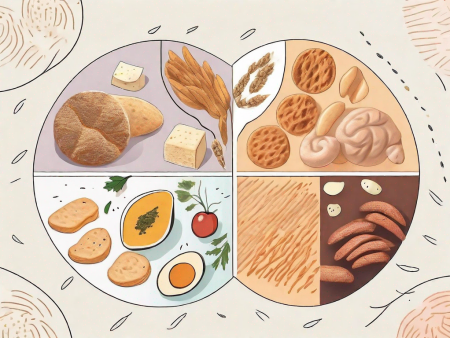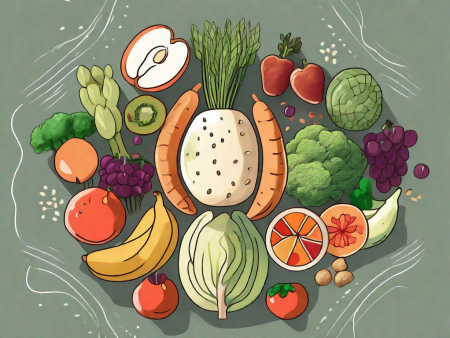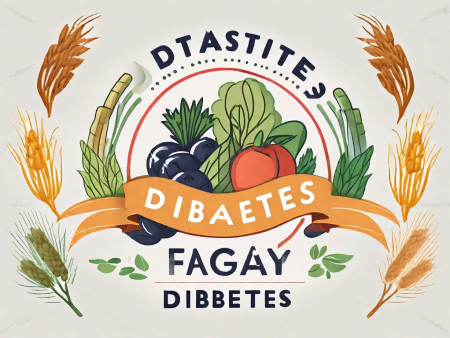Learn about the numerous benefits of incorporating quinoa into your diet.
Discover the Benefits of Quinoa in Your Diet
Quinoa is a superfood that has been gaining popularity in recent years, and for good reason! This tiny grain is not only packed with nutrients but also surprisingly versatile in the kitchen. Whether you’re a health-conscious foodie or simply looking to shake up your meal routine, incorporating quinoa into your diet can bring a variety of benefits. Let’s dive into the world of quinoa and explore why it deserves a spot on your plate!
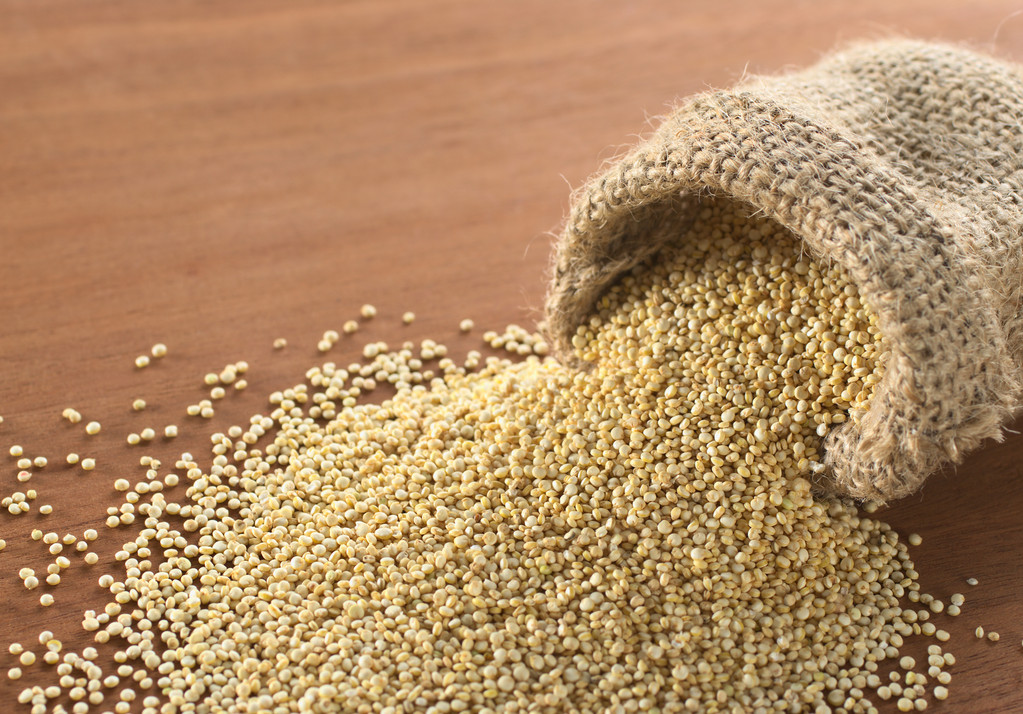
Understanding Quinoa: A Brief Overview
Before we get into the nitty-gritty of quinoa’s benefits, let’s start with the basics. What exactly is quinoa? Well, it’s not your typical grain – it’s actually a seed! Quinoa comes from the amaranth family and has been cultivated for thousands of years in the Andean region of South America.
Quinoa, scientifically known as Chenopodium quinoa, is a flowering plant that belongs to the amaranth family. It is native to the Andean region of South America, where it has been a staple food for centuries. The plant itself can grow up to six feet tall and produces clusters of small, edible seeds.
What sets quinoa apart from other grains is its remarkable versatility and nutritional value. While it is often referred to as a “pseudo-grain,” quinoa is technically a seed. It boasts a mild, nutty flavor and a delightful chewy texture, making it a great substitute for rice or pasta. Quinoa also comes in different colors, including white, red, and black, adding a pop of vibrancy to your meals.
What is Quinoa?
Quinoa is often called a “pseudo-grain” because it has properties similar to grains. However, unlike true grains, such as wheat or rice, quinoa is gluten-free, making it an excellent choice for individuals with gluten sensitivities or celiac disease. It is also a complete protein, meaning it contains all nine essential amino acids that our bodies need for optimal function.
Quinoa’s versatility extends beyond its nutritional value. It can be cooked and used in a variety of dishes, including salads, stir-fries, soups, and even desserts. Its ability to absorb flavors makes it a popular ingredient in many cuisines around the world.
The Nutritional Profile of Quinoa
Quinoa is not only a treat for your taste buds but also a nutritional powerhouse. It is rich in protein, containing all nine essential amino acids your body needs for optimal function. This makes it an excellent choice for vegetarians and vegans looking to meet their protein requirements.
In addition to protein, quinoa is packed with fiber, which aids in digestion and helps maintain a healthy weight. It is also a good source of vitamins B and E, which play crucial roles in energy production and immune function. Furthermore, quinoa contains minerals such as potassium and magnesium, which are essential for maintaining healthy blood pressure and supporting proper muscle function.
Quinoa is also loaded with antioxidants, which help protect our cells from damage caused by harmful free radicals. These antioxidants, such as quercetin and kaempferol, have been linked to a reduced risk of chronic diseases, including heart disease and certain types of cancer.
So, whether you’re looking to add more plant-based protein to your diet, explore new culinary horizons, or simply enjoy a delicious and nutritious meal, quinoa is a fantastic choice. Its versatility, nutritional value, and vibrant colors make it a delightful addition to any dish.
The Health Benefits of Quinoa
Now that we know the basics, let’s delve into the exciting health benefits of quinoa. Prepare to be amazed!
Quinoa and Digestive Health
If you’re looking to keep your tummy happy and your digestion in top shape, quinoa is here to save the day. Its high fiber content promotes regular bowel movements, prevents constipation, and supports a healthy gut microbiome. Say goodbye to tummy troubles!
But that’s not all! Quinoa is also a great source of prebiotics, which are non-digestible fibers that feed the beneficial bacteria in your gut. These friendly bacteria help break down food, absorb nutrients, and support overall digestive health. By including quinoa in your diet, you’re giving your gut the nourishment it needs to thrive.
Furthermore, quinoa contains a compound called saponin, which has been shown to have anti-inflammatory and anti-cancer properties. These properties can help reduce inflammation in the digestive tract and protect against certain types of cancer, such as colon cancer. So not only does quinoa keep your digestion on track, but it also contributes to your long-term gut health.
Quinoa’s Role in Weight Management
Are you trying to shed a few pounds or maintain a healthy weight? Quinoa can be an excellent ally in your weight management journey. Thanks to its high protein and fiber content, quinoa keeps you feeling full and satisfied, reducing the chances of overeating or reaching for unhealthy snacks. It’s a win-win situation!
But wait, there’s more! Quinoa is also a low-calorie food, meaning you can enjoy a generous portion without consuming excessive calories. This makes it a great choice for those who want to feel satisfied without compromising their calorie intake. Additionally, the protein in quinoa is of high quality and contains all the essential amino acids your body needs. This makes it a complete protein source, which is rare in plant-based foods. Protein is essential for building and repairing tissues, supporting muscle growth, and boosting metabolism. So by incorporating quinoa into your meals, you’re not only managing your weight but also nourishing your body with essential nutrients.
Quinoa and Heart Health
Taking care of your heart is crucial, and quinoa can lend a helping hand in this department. With its low glycemic index and high content of heart-healthy nutrients, including magnesium and potassium, quinoa aids in regulating blood sugar levels and maintaining healthy blood pressure. Your heart will thank you!
But that’s not all! Quinoa is also rich in antioxidants, such as quercetin and kaempferol, which have been linked to a reduced risk of heart disease. These antioxidants help protect the cells in your blood vessels from oxidative damage and inflammation, promoting cardiovascular health. Additionally, the fiber in quinoa can help lower cholesterol levels by reducing the absorption of dietary cholesterol in the gut. By including quinoa in your diet, you’re not only enjoying a delicious and versatile grain but also taking proactive steps towards a healthier heart.
Incorporating Quinoa into Your Diet
Now that you’re convinced of quinoa’s amazing benefits, it’s time to explore how to incorporate it into your daily meals. From breakfast to dessert, there are countless delicious ways to enjoy this versatile seed.
Quinoa, often referred to as a superfood, is a nutrient-dense grain that originated in the Andean region of South America. It is packed with protein, fiber, and essential vitamins and minerals. Not only is quinoa gluten-free, but it also contains all nine essential amino acids, making it a complete protein source.
When it comes to breakfast, quinoa can be a game-changer in your morning routine. Starting your day with a nutritious and filling breakfast sets the tone for a productive day. Whip up a batch of quinoa porridge, a warm and comforting alternative to oatmeal. Add your favorite fruits, nuts, and a drizzle of honey for a burst of flavor. If you prefer a lighter option, sprinkle cooked quinoa on top of your morning yogurt bowl or blend it into your smoothies for an extra boost of protein and fiber.
Quinoa in Breakfast Meals
Starting your day with a nutritious and filling breakfast sets the tone for a productive day. Quinoa can be a game-changer in your morning routine. Whip up a batch of quinoa porridge, add it to your smoothies, or sprinkle it on top of your morning yogurt bowl. Power-packed breakfast, here we come!
Not only is quinoa a great addition to breakfast, but it also shines in main dishes. Its neutral taste and ability to absorb flavors make it a versatile ingredient that complements a wide range of cuisines. Use it as a base for your grain bowls, combining it with roasted vegetables, grilled chicken, and a drizzle of tahini dressing. Toss cooked quinoa into salads for an extra protein boost or stuff it into bell peppers for a wholesome and satisfying meal.
Quinoa in Main Dishes
When it comes to main dishes, the possibilities are endless with quinoa. Use it as a base for your grain bowls, toss it into salads, or stuff it into bell peppers for a wholesome and satisfying meal. Quinoa’s neutral taste and ability to absorb flavors make it a versatile ingredient that complements a wide range of cuisines.
Who said quinoa can’t satisfy your sweet tooth? Get adventurous in the kitchen and incorporate quinoa into your desserts. Make quinoa cookies, using cooked quinoa as a substitute for flour, and add in chocolate chips or dried fruits for a delightful treat. Use quinoa in homemade granola bars for a healthy and energy-boosting snack. You can even experiment with quinoa puddings, combining cooked quinoa with almond milk, cinnamon, and a touch of maple syrup for a creamy and satisfying dessert.
Quinoa in Desserts
Who said quinoa can’t satisfy your sweet tooth? Get adventurous in the kitchen and incorporate quinoa into your desserts. Make quinoa cookies, use it in homemade granola bars, or even experiment with quinoa puddings. You’ll be amazed at how versatile and delicious quinoa can be, even in your favorite sweet treats.
With its versatility and numerous health benefits, quinoa is a fantastic addition to any diet. Whether you’re a breakfast enthusiast, a fan of hearty main dishes, or have a sweet tooth, there’s a quinoa recipe out there for you. So go ahead, explore the possibilities, and enjoy the goodness of quinoa in every meal!
Tips for Cooking and Storing Quinoa
Now that you’re excited to dive into the world of quinoa, it’s essential to know how to cook and store it properly. Follow these tips to make the most out of your quinoa experience!
How to Cook Quinoa
Cooking quinoa is a breeze! Rinse the quinoa thoroughly under cold water to remove any bitterness. Then, combine one part quinoa with two parts water or broth in a saucepan. Bring it to a boil, reduce to a simmer, cover, and let it cook for about 15-20 minutes. Fluff it up with a fork, and voila – perfectly cooked quinoa!
Storing Quinoa for Freshness
Properly storing quinoa is essential to maintain its freshness and quality. Keep it in an airtight container in a cool, dry place, away from direct sunlight. To extend its shelf life, consider refrigerating or freezing cooked quinoa in portion-sized containers for quick and easy meals later on. Quinoa on demand!
Potential Side Effects of Quinoa
While quinoa is generally safe for most people, it’s essential to be aware of potential side effects or health concerns.
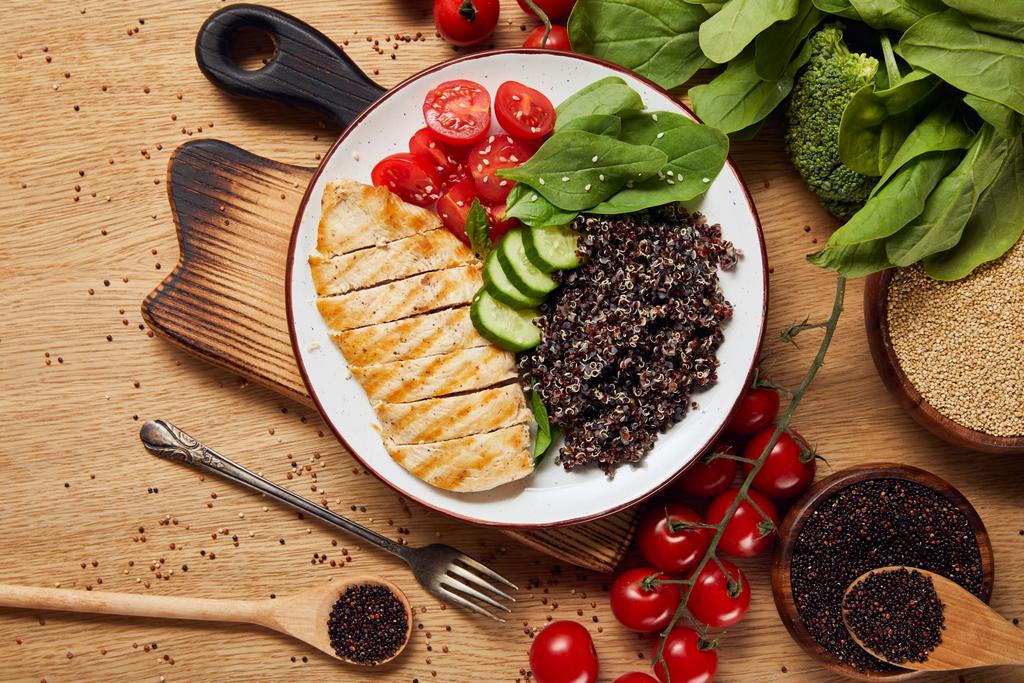
Allergic Reactions to Quinoa
Although rare, some individuals may have an allergic reaction to quinoa. If you experience symptoms like swelling, itching, or difficulty breathing after consuming quinoa, it’s best to consult a healthcare professional to rule out any allergies.
Other Possible Health Concerns
While quinoa is generally safe for consumption, some people with specific health conditions, such as kidney stones or oxalate sensitivity, may need to moderate their quinoa intake. If you have any preexisting health concerns, it’s always a good idea to consult with your healthcare provider before making any significant dietary changes.
With all the fantastic benefits quinoa brings to the table, it’s time to embrace this tiny powerhouse in your diet. Go ahead and experiment with different recipes, flavors, and textures to find your quinoa bliss. Discover the endless possibilities of quinoa and say hello to a healthier, more exciting culinary journey!
